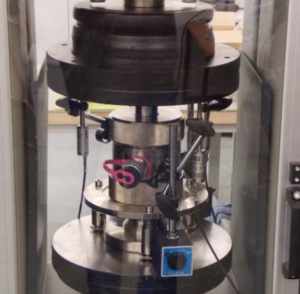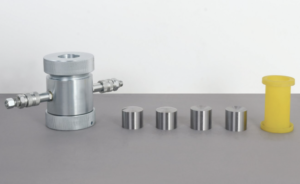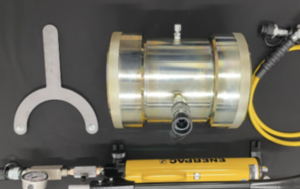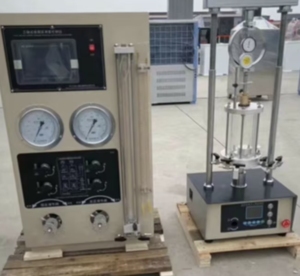What’s the Role of Triaxial Tests in Industrial Retaining Wall Design?
Triaxial tests are a cornerstone in geotechnical investigations, providing critical soil parameters for the design of retaining walls. These tests help engineers evaluate the shear strength1, deformation behavior2, and drainage effects in soil, which are all vital for designing safe and efficient retaining structures in industrial applications.
Strength Indicators for Retaining Wall Design
Triaxial tests yield essential strength parameters that form the basis of retaining wall design:
- Shear Strength3: Measurements of undrained and effective shear strength (sₜu, c′, φ′) allow designers to determine the load-bearing capacity of the soil behind the wall.
- Failure Envelopes4: Constructing Mohr-Coulomb failure envelopes from multiple triaxial tests helps define the relationship between normal and shear stresses, guiding the selection of appropriate safety factors.
- Pore Pressure Behavior5: Data on pore water pressure during loading enables an accurate assessment of effective stresses, which is crucial for understanding how the soil will perform under the weight of retained soil mass.
These indicators are critical to ensuring that the retaining wall can withstand lateral earth pressures and potential failure mechanisms.
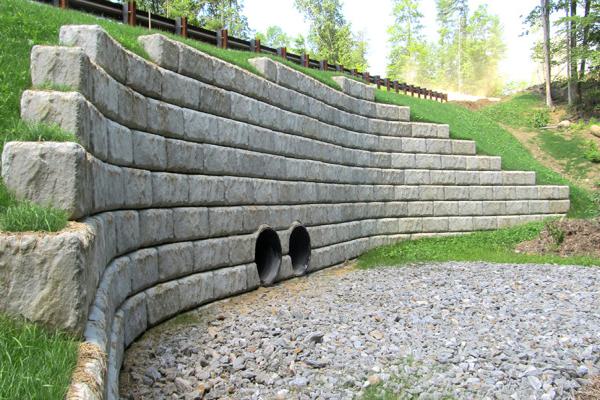
Evaluating Stress-Strain Behavior in Different Soil Types
Different soils respond uniquely under loading, and triaxial tests capture these variations:
- Stress-Strain Curves: The test generates curves that reveal the soil’s stiffness, peak strength, and post-peak behavior. For instance, clays may exhibit strain-softening or hardening depending on their consolidation state, while sandy soils typically show more ductile behavior.
- Deformation Characteristics: Analyzing the deformation response under varying confining pressures allows engineers to predict settlement and lateral movement, which are key for retaining wall stability.
- Soil Type Variability: Triaxial tests can differentiate the mechanical behavior of different soil types (e.g., clay vs. sand) and help in selecting the most suitable design approach based on the soil profile.
Understanding these behaviors ensures that the design accounts for soil-specific responses, optimizing the wall’s performance under various loading conditions.
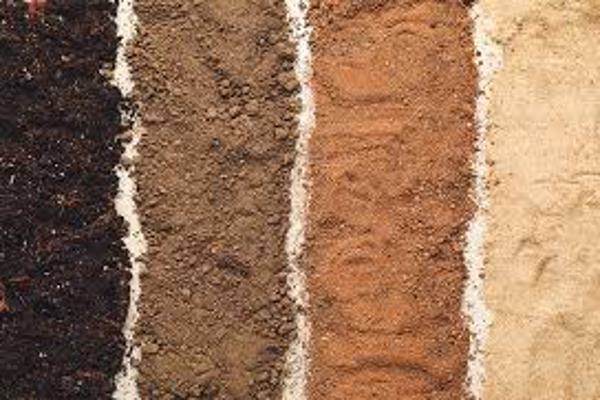
Influence of Drainage Conditions on Design Parameters
Drainage plays a critical role in soil behavior, especially in retaining wall applications:
- Undrained vs. Drained Conditions6: In undrained tests, pore pressures can build up rapidly, affecting the effective stress and reducing shear strength. In drained tests, soils have time to expel excess water, leading to different failure modes.
- Design Implications7: For retaining walls, the expected drainage conditions behind the wall (e.g., presence of drainage layers or filters) directly impact the lateral earth pressures. Triaxial tests help determine how these conditions influence shear strength and deformation parameters.
- Pore Pressure Monitoring8: Continuous measurement of pore water pressure during the test enables designers to adjust for transient conditions, ensuring that the retaining wall design remains robust under both short-term and long-term scenarios.
Proper consideration of drainage effects is vital to accurately predicting the behavior of the soil-structure system, thereby improving design reliability.

Future Trends and Technological Advancements
The field of geotechnical testing continues to evolve, with several promising trends that will further enhance retaining wall design:
- Automation and Digital Data Acquisition: Advanced testing systems now offer real-time monitoring and digital recording, leading to more precise and faster data collection.
- Integrated Numerical Modeling: Coupling triaxial test data with sophisticated numerical models (e.g., finite element analysis) enables more accurate predictions of soil behavior under complex loading conditions.
- Improved Sensor Technology: Enhanced pore pressure transducers and deformation sensors are improving the resolution of triaxial test data, allowing for better calibration of design models.
- Sustainable Design Practices: As sustainability becomes increasingly important, future advancements in testing will help optimize retaining wall designs to use fewer resources and adapt to variable environmental conditions.
These innovations promise to refine our understanding of soil mechanics and provide even more reliable design inputs for industrial retaining walls.

Conclusion
Triaxial tests play an indispensable role in the design of industrial retaining walls by providing detailed insight into soil strength, deformation, and drainage effects. By evaluating stress–strain behavior and accounting for pore pressure developments, engineers can develop more accurate and efficient designs. As technological advancements continue to enhance testing capabilities, the integration of high-quality triaxial data into design practices will lead to safer, more economical, and more sustainable retaining wall systems.
-
Shear strength is crucial for safe structural design. Discover more about its measurement and significance in this informative resource. ↩
-
Deformation behavior impacts the stability of structures. Learn more about its implications in engineering through this valuable link. ↩
-
Understanding shear strength is vital for ensuring the load-bearing capacity of soil in retaining wall applications. ↩
-
Exploring failure envelopes helps in selecting appropriate safety factors, crucial for the stability of retaining walls. ↩
-
Pore pressure behavior is essential for assessing effective stresses, impacting the performance of retaining walls under load. ↩
-
Exploring the differences between undrained and drained conditions can provide insights into soil behavior, crucial for effective retaining wall design. ↩
-
Learning about design implications helps engineers create more effective retaining wall systems by considering drainage conditions and their effects. ↩
-
Understanding pore pressure monitoring is essential for ensuring the stability and reliability of soil structures, especially in retaining wall applications. ↩

